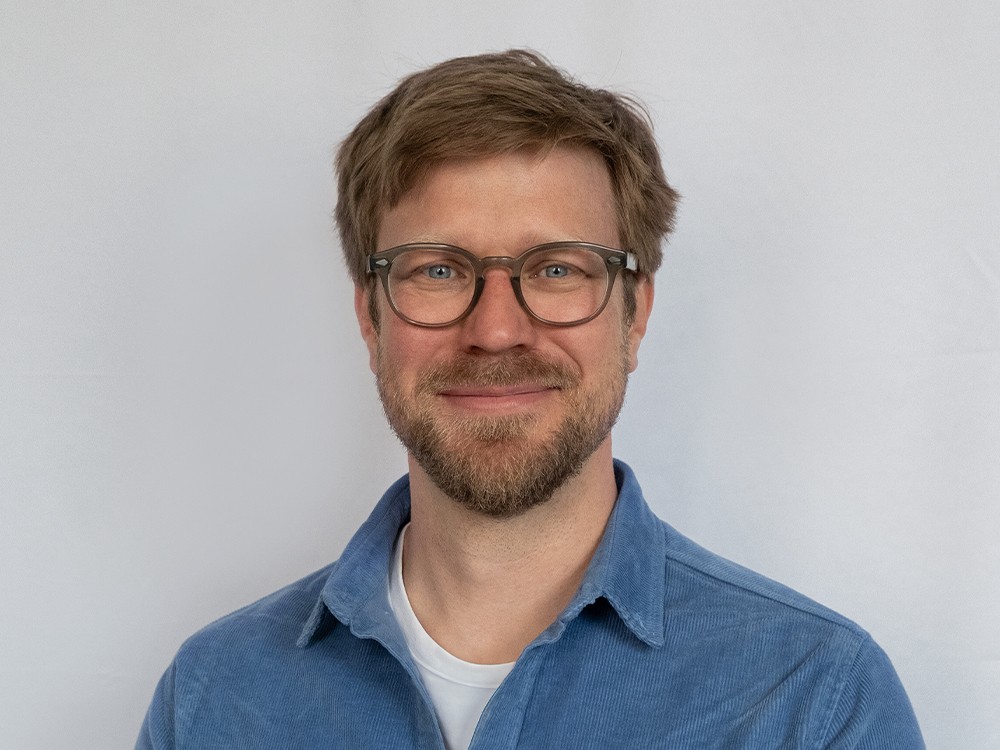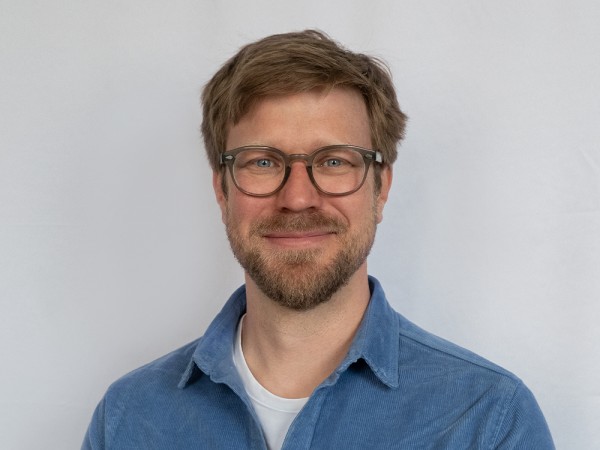
Wolfgang, congratulations on your new role! Your group is called "Water & Risk." Can you tell us more about the key focus areas and the significance of these topics?
As a research group, we develop and apply methods and models to characterise and quantify risks. Risk analyses play a vital role in modern management systems, as they help identify, assess, and quantify risks, as well as develop appropriate countermeasures. This process significantly contributes to the continuous improvement of management systems.
What’s particularly exciting is that risk-based approaches are becoming increasingly important, especially in areas linked to water management, such as drinking water supply, water reuse, and even the management of recreational waters. The name "Water & Risk" has been intentionally kept broad to encompass a wide range of topics, including public health risks, flooding hazards, and even risks in the digital domain.
A key aspect of risk analysis is bringing together specialised, transdisciplinary knowledge in a methodical and transparent way. This enables us to quantify the likelihood and potential damage of hazard scenarios while evaluating the effectiveness of mitigation measures with clarity.
What are your primary responsibilities and goals as a group leader, and what do you aim to achieve with your team?
As a group leader, my primary role is to coordinate the subject area "Water & Risk" from a technical and content perspective while strategically advancing it together with my team. KWB is an applied research institution, and we emphasise pursuing a practical, solution-oriented vision. Our team's expertise is at the core of what we do: it enables us to identify and address pressing future challenges early on. In doing so, we align the curiosity and interests of our team with the needs of our practice partners, always keeping in mind the current state of the field and the feasibility of our methods.
Our goal is to significantly contribute to the sustainable and safe use of water. To achieve this, we develop innovative approaches and implement advanced methods for comprehensive risk assessment.
How is your team structured, and who are its members?
Our team currently includes Hannah Schubach, working on the AQUAMON project, which focuses on modelling hygienic and chemical risks in water reuse. Lukas Guericke is exploring ways to quantify the likelihood of deterioration in sewer networks, while Enrique Campbell is involved in the iOLE project, which focuses on the rapid detection of leaks in drinking water systems.
In the coming months, we will also welcome a new team member who will specifically focus on data governance and the risks associated with digital solutions.
I have extensive experience forecasting and modelling hygienic parameters, particularly in water reuse and bathing water management. My preferred approach involves Bayesian modelling techniques.
You’ve been working at KWB for 13 years. How did you join the team, and when did you start focusing on “Water & Risk”?
I joined KWB 14 years ago to write my thesis on “Modelling Microbiological and Chemical Health and Environmental Risks.” At the time, the “risk-based approach” was gaining increasing international attention, for example, in WHO guidelines. KWB then approached me with the opportunity to help establish this area of expertise within the organisation. I didn’t have to think twice—of course, I was excited to take on the challenge.
What projects or achievements at KWB are you particularly proud of?
One highlight is our tool, SWIM:AI. It's open-source software specifically developed to create and implement predictive models for river bathing water quality. We developed it as part of the FLUSSHYGIENE, iBathWater, and digital-water.city projects. Since 2018, Berlin’s health authorities have been using SWIM:AI daily to forecast water quality in the Unterhavel river—something I’m genuinely proud of.
Another milestone was my involvement in the FlexTreat project, where I contributed to validating the treatment performance of municipal wastewater plants by comparing various statistical methods. This fascinating work also contributed to the DWA Guideline M 1200, which is key in implementing EU Regulation 2020/741 in Germany, ensuring safe water reuse. It’s incredibly rewarding to see this work being applied in real-world practice.
What role does water play in your life outside of work? Is there a personal story you’d like to share?
Perhaps as a bit of encouragement for teachers, I’d like to share how I came to study Environmental Engineering, which shaped my career. At the Werner-von-Siemens Gymnasium in Weißenburg, we had an excellent chemistry teacher, Mr Rainer Messerer, who inspired us, especially in his lessons on “Everyday Organic Chemistry.” I vividly remember the topic of “detergents and surfactants.” He explained compellingly how phosphates, once widely used in detergents to soften water, ended up in rivers through wastewater treatment plants, leading to eutrophication and, eventually, fish deaths.
Until then, I’d honestly never considered how everyday chemicals impact the environment, but this topic completely captured my interest. I was fascinated and decided to follow that path. Subsequently, after finishing school, I submitted just one application—for the Environmental Engineering programme in Berlin.



